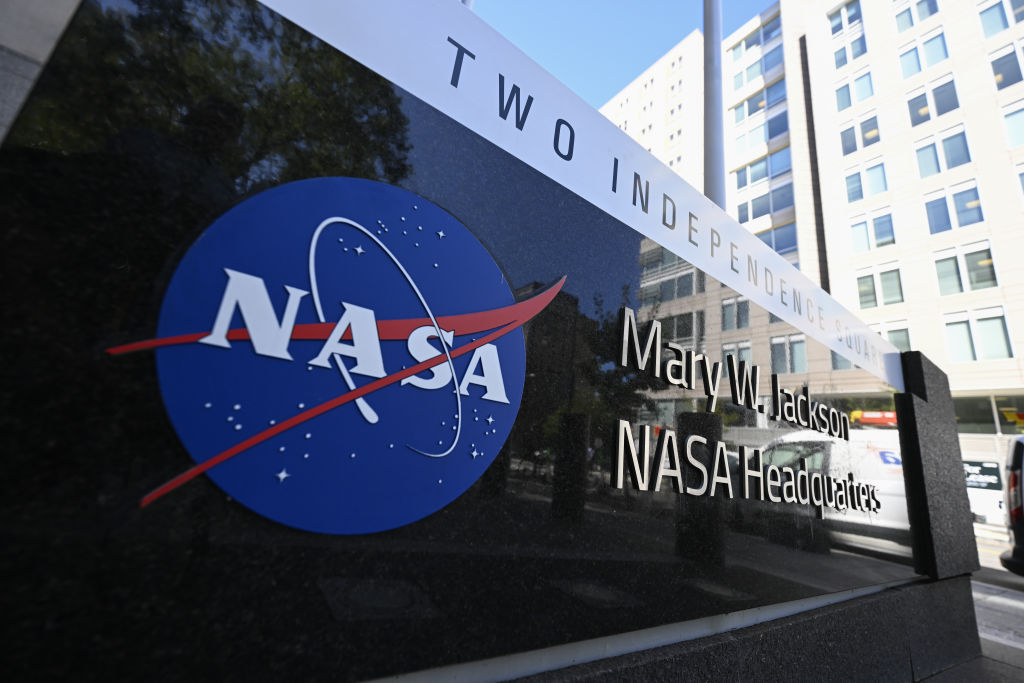NASA has recorded an eerie audio clip capturing sound waves from a supermassive black hole located 250 million light years away in the Perseus cluster of galaxies. These acoustic waves were transposed up 57 and 58 octaves to make them audible to human ears. The audio, released in 2022, marked the first time these sound waves were extracted and rendered audible.
Sound waves exist in space, though they cannot be heard naturally. In a notable discovery in 2003, astronomers detected acoustic waves emanating from the vast amounts of gas surrounding the black hole, which is now recognized for its haunting hum.
The lowest note detected is a B-flat, positioned over 57 octaves below middle C, making it far beyond the limits of human hearing. NASA’s recent sonification process amplified these sound waves, allowing us to experience how they resonate in intergalactic space.
After extraction, the sound waves were played in an anti-clockwise direction from the black hole’s center to create a fuller auditory experience, reaching enhanced pitches of 144 quadrillion and 288 quadrillion times their original frequency.
This phenomenon highlights the role of sound vibrations in space. The gas and plasma in the “intracluster medium”—denser and hotter than the surrounding intergalactic medium—can influence star formation and galaxy evolution over time, suggesting that sound waves may play a significant role in shaping cosmic structures.
(With agency inputs)




















